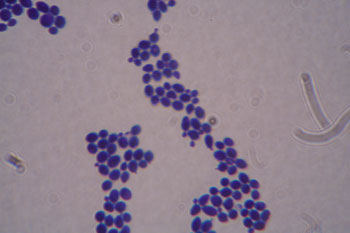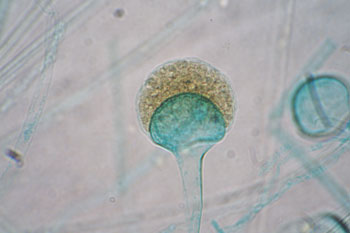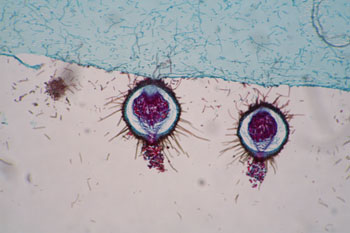Saccharomyces yeasts budding.
Many fungi produce only single cells. Some fungi are dimorphic, with yeast phases and filamentous phases.
Hyphae are filaments that make up all structures of multicellular fungi. Some hyphae have cross-walls called septa (singular septum) between cells, and others do not.
A network of hyphae reaching through acres of soil or covering an orange peel, for example, is called a mycelium (aka thallus or vegetative part of the fungus).
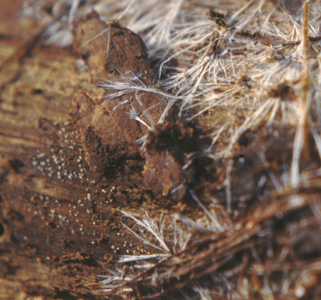
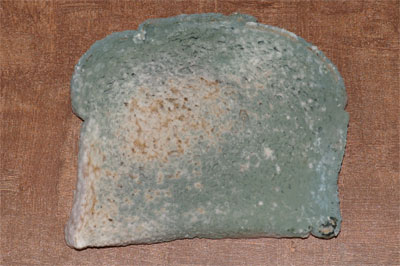

Mycelia on wood, on bread and on a leaf.
The mycelium secretes digestive enzymes, absorbs nutrients, mates and in some species of fungi captures live animals for prey.
Mycelia can organize in a variety of ways in order to accomplish tasks. Some fungi form rhizomorphs which look like plant roots and enable the fungus to grow quickly over trees or the forest floor.
Other fungi form tight, rock-like masses called sclerotia which allow them to rest or survive difficult environmental conditions such as freezing and drying out.
In order to reproduce, mycelia form sporangia
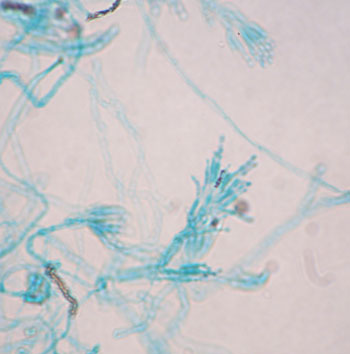
Sexual (top) and asexual (bottom) sporangia
which produce spores.
Sporangia can be formed sexually or asexually. Spores that are produced sexually are called meiospores, for meiosis, and spores that are produced asexually are called mitospores or conidia. The sporangia in different groups of fungi have unique names. Because one mycelium is usually difficult to distinguish from another, sporangia have been a major feature used to identify and classify fungi.
The mycelium can organize to form complex fruiting bodies such as mushrooms that bear the sporangia on specialized surfaces.
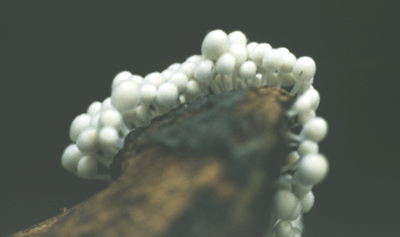
Fruiting bodies: some are tasty, some are deadly.
Morphology--------Life Cycles-------Challenges--------Opportunities
..

